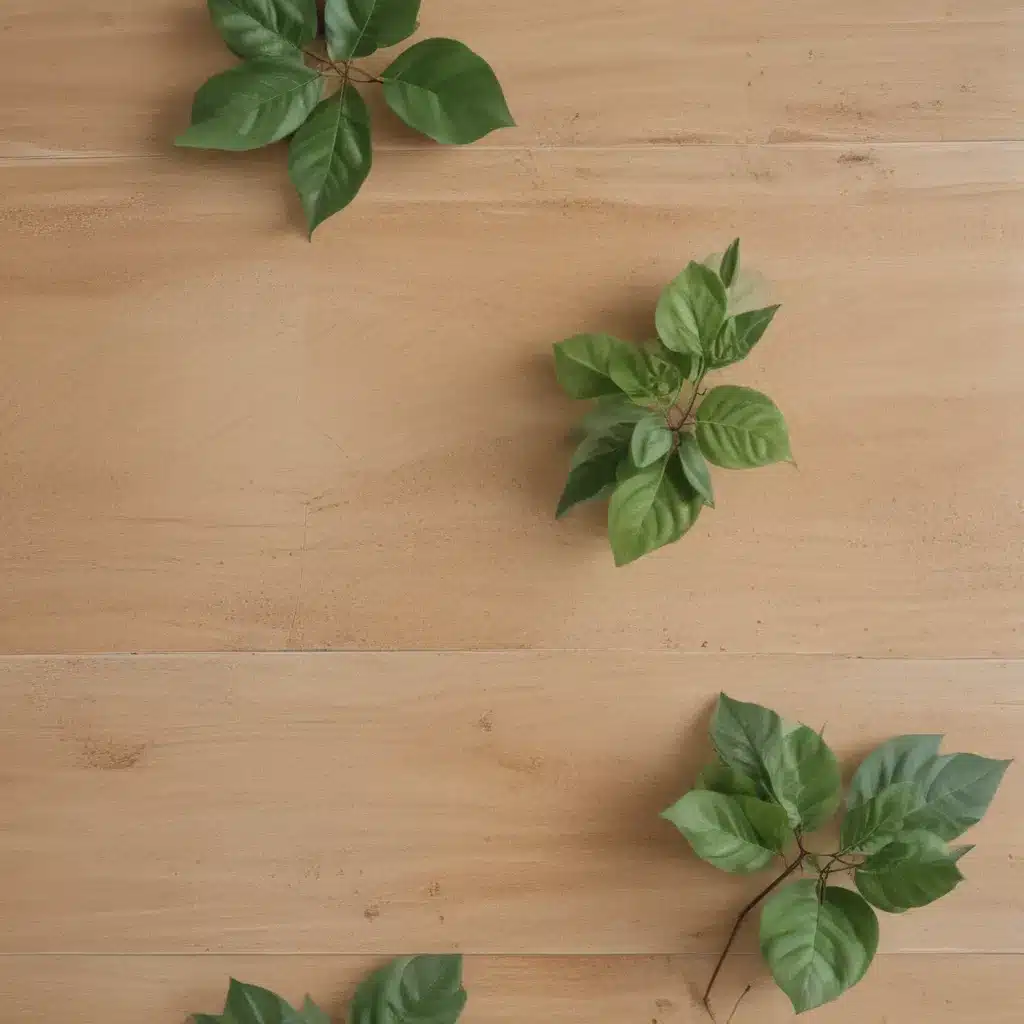
The Eco-Awakening: Rethinking Our Approach to Home Design
As the world becomes increasingly cognizant of the need for sustainable living, the home renovation and building industry has undergone a remarkable transformation. Gone are the days when eco-friendly design was seen as a niche trend; today, it’s a crucial element in creating spaces that not only look beautiful but also minimize our impact on the environment. And as a leading building and renovation company in Aberdeen, UK, ABC Home is at the forefront of this sustainability revolution.
In a world where every choice we make has the potential to affect our planet, it’s no surprise that eco-friendly materials have become the cornerstone of modern home design. From reclaimed wood to bamboo and recycled glass, these materials not only offer a visually stunning aesthetic but also a deeper connection to the natural world. And as we delve into the world of sustainable home renovation, we’ll uncover the hidden gems that can transform your living space into a true sanctuary of environmental consciousness.
Reclaiming the Past: The Charm of Reclaimed Wood
One of the most captivating eco-friendly materials making waves in the world of home design is reclaimed wood. This material, salvaged from old buildings, structures, or even abandoned furniture, offers a unique charm that simply can’t be replicated. Imagine running your fingers over the intricate grain patterns, each one a testament to the passage of time and the stories it has witnessed.
At ABC Home, we believe that reclaimed wood is the perfect marriage of sustainability and style. Not only does it reduce waste and minimize the need for new timber harvesting, but it also adds a touch of rustic elegance to any space. Whether you’re looking to create a cozy farmhouse-inspired kitchen or a stunning feature wall in your living room, reclaimed wood can transform your home into a haven of eco-conscious living.
Bamboo: The Versatile Superstar of Sustainability
While reclaimed wood may steal the spotlight, there’s another eco-friendly material that’s quickly becoming a fan favorite: bamboo. This fast-growing grass is not only renewable but also incredibly durable, making it a popular choice for flooring, furniture, and even cabinetry.
What sets bamboo apart is its remarkable versatility. It can seamlessly blend into modern, minimalist designs as well as more traditional, rustic aesthetics. And with a wide range of colors and finishes available, you can easily find a bamboo product that complements your personal style. Plus, with its natural insulating properties, bamboo can even help improve the energy efficiency of your home, reducing your carbon footprint in the process.
Recycled Glass: Turning Trash into Treasure
In the pursuit of sustainable home design, we can’t forget the power of recycled glass. This eco-friendly material, crafted from post-consumer glass, is making a splash in the world of countertops, backsplashes, and even decorative accents.
What’s truly remarkable about recycled glass is its ability to transform the ordinary into the extraordinary. By repurposing what was once considered waste, designers and homeowners can create truly unique and visually striking elements that add character and personality to any space. And with a diverse range of colors and textures available, the possibilities for recycled glass are truly endless.
Cultivating a Green Oasis: The Power of Cork
As we delve deeper into the world of eco-friendly materials, we can’t overlook the remarkable properties of cork. Harvested from the bark of cork oak trees, this renewable resource is not only environmentally friendly but also incredibly versatile.
From flooring to wall coverings and even furniture, cork can seamlessly integrate into a wide range of design styles. Its natural insulating properties make it an excellent choice for improving energy efficiency, while its cushioning effect can provide a comfortable and soothing ambiance to any room. And with its unique texture and visual appeal, cork adds a touch of earthy elegance that’s sure to captivate the senses.
Embracing the Future: Sustainable Design Practices
Eco-friendly materials are just the beginning of the sustainability revolution in home design. At ABC Home, we believe that true environmental consciousness goes beyond just the materials we use; it’s about adopting a holistic approach to creating spaces that minimize our impact on the planet.
One key aspect of sustainable design is energy efficiency. By incorporating LED lighting, water-saving fixtures, and appliances with high energy-efficiency ratings, we can significantly reduce the carbon footprint of our homes. Additionally, attention to indoor air quality through the use of low-VOC paints and finishes, as well as strategic placement of air-purifying plants, can create a healthier living environment.
But the sustainability journey doesn’t stop there. Waste management and recycling are also crucial components of eco-friendly home design. At ABC Home, we work closely with our clients to implement thoughtful recycling systems, composting programs, and reduce the overall waste generated during the renovation or building process.
The Sustainable Future Awaits
As we look to the future, it’s clear that the demand for eco-friendly home design is only going to continue to grow. And at ABC Home, we’re excited to be at the forefront of this movement, helping our clients in Aberdeen, UK, create spaces that not only look beautiful but also make a positive impact on the environment.
So, whether you’re dreaming of a cozy, reclaimed-wood-filled sanctuary or a sleek, bamboo-infused haven, we’re here to guide you on your sustainable home transformation journey. Together, let’s embrace the power of eco-friendly materials and design practices to create a future where our homes are not just a reflection of our personal style, but also a testament to our commitment to a greener, more sustainable world.
















